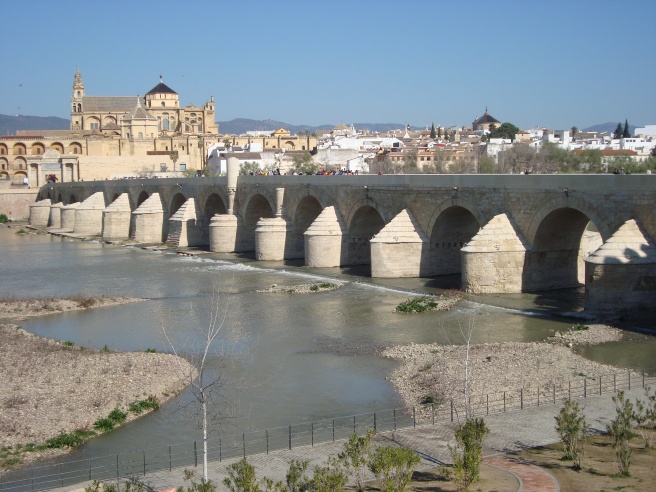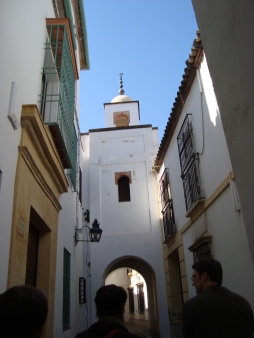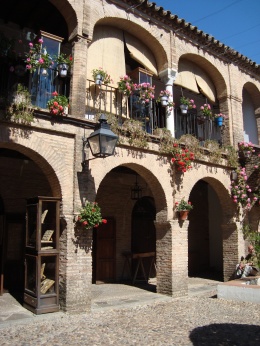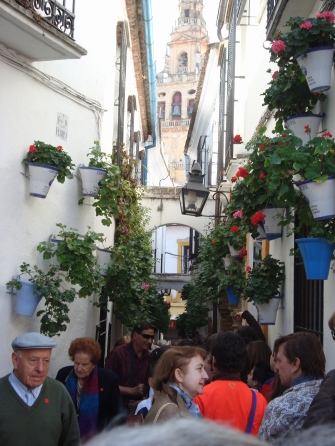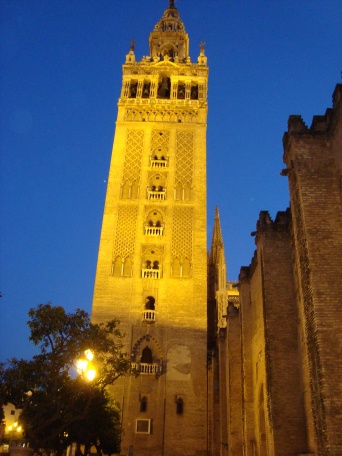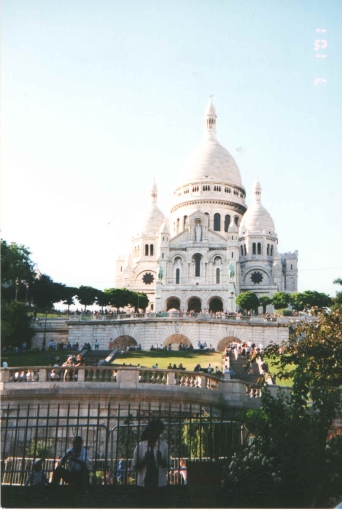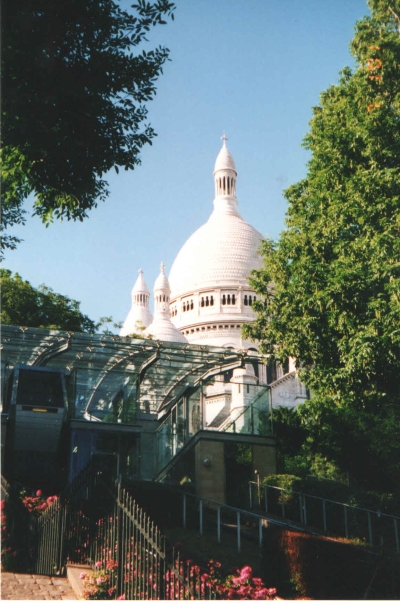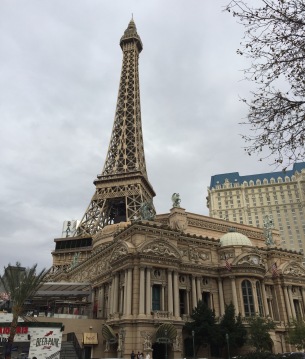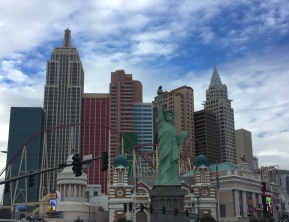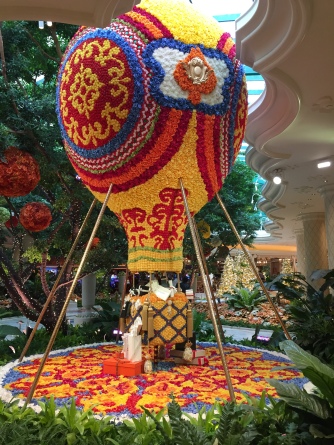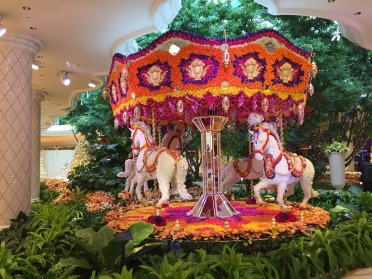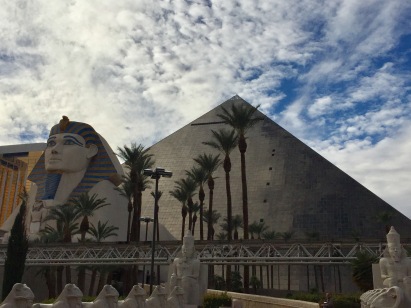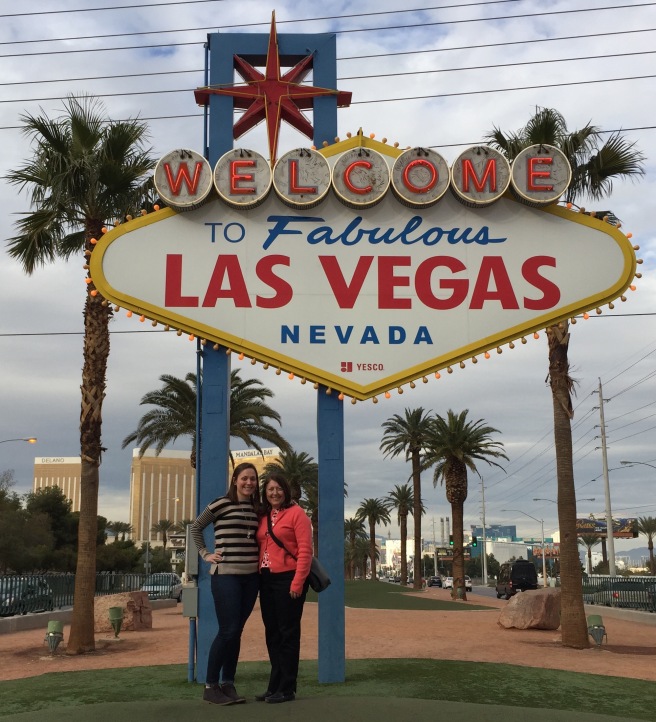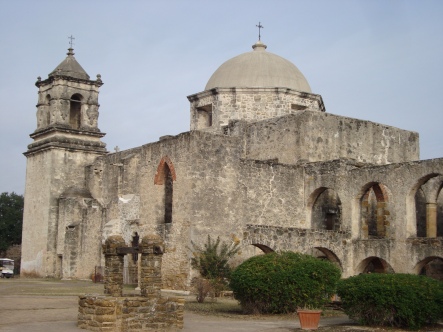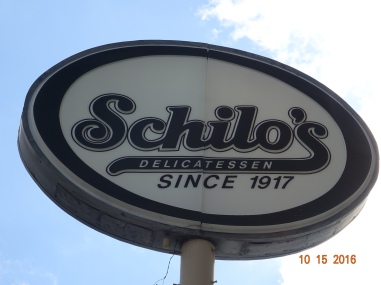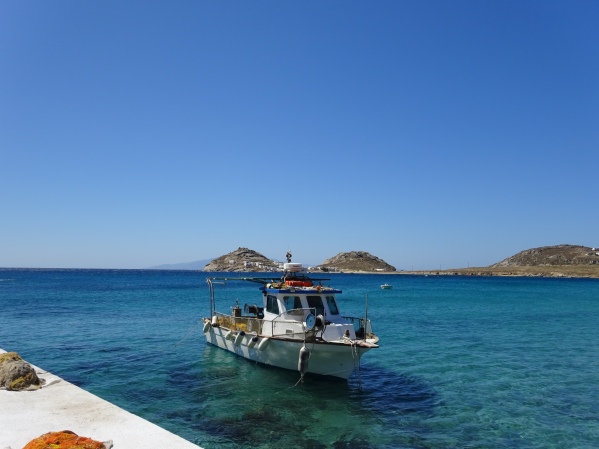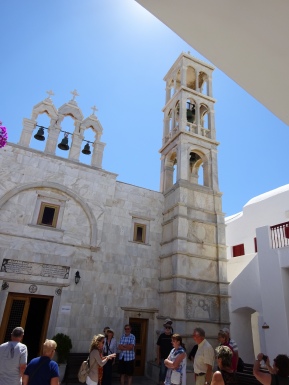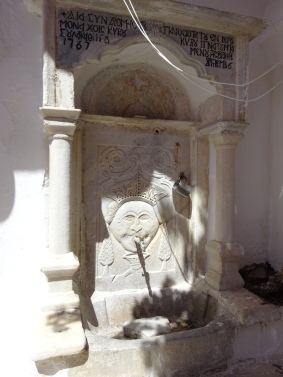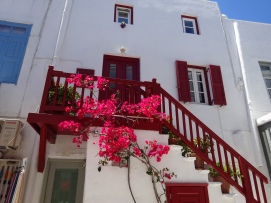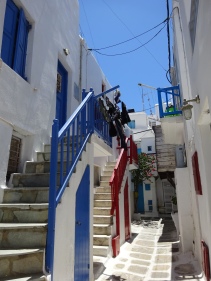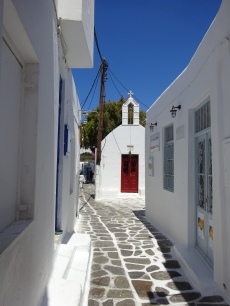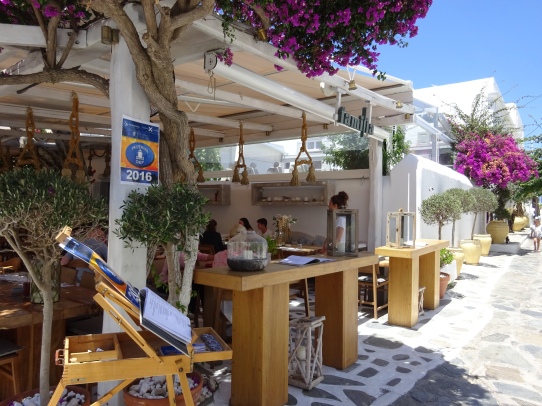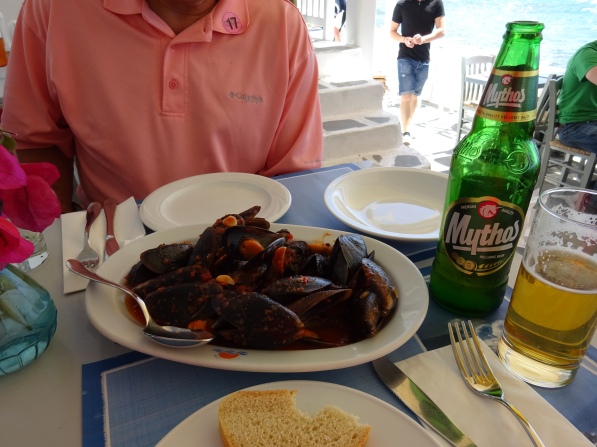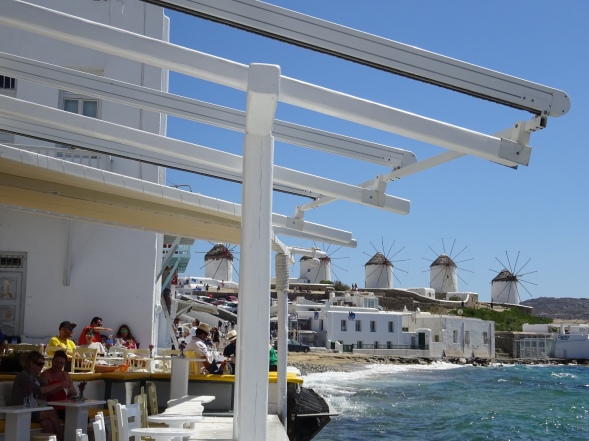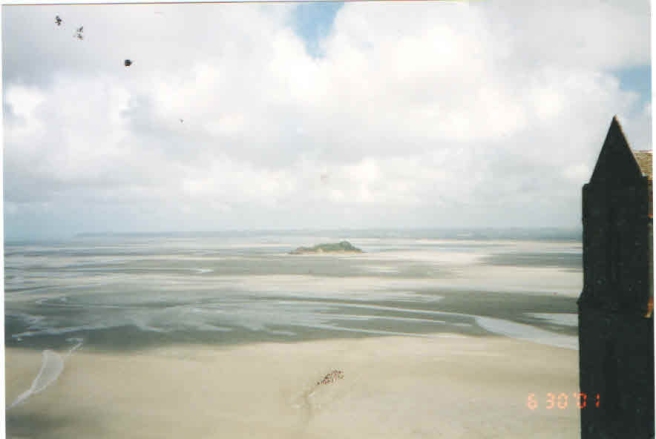Madrid is the capital city of Spain. On a guided city tour, you will want to see the Plaza de Toro, Royal Casa de la Panadaria, Accademia de Belles Artes, Puerta del Sol, Plaza de Espana with its monument to Cervantes, Parliament, Cibeles Fountain, the Palace, the Royal Farmacy, the Royal Armoury, and the Cathedral de la Almudena.
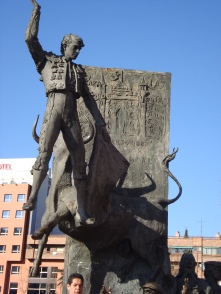
Take time to visit the famed (and extremely crowded) Prado Museum, probably the greatest gallery of classical paintings in the world—you will see the works of well known masters like Goya, El Greco, Velazquez, and Rembrandt, among others. My favorite art museum is just up the street, the Thyssen-Bornemisza. A former private collection, the museum displays art from the 13th – 20th centuries.
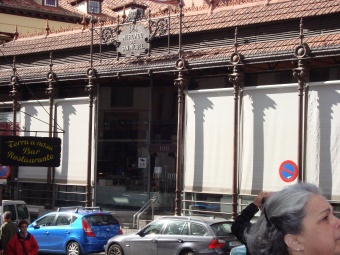
Mercado de San Miguel, located in Plaza San Miguel, is a great place to sample local foods and beverages. Here you will find delicacies such as pejota (the best ham), 80 cheeses, including tasty manchego, and 262 varieties of olives!

Spain has some delicious foods and wines. At Museo del Jamon, you will have leaf thin slices of air cured ham. Located in old town around Puerta del Sol and Plaza Mayor; from Puerta del Sol, walk east on San Jeronimo to the corner of Calle Victoria. Jabugo & Tervel is the most prized and most expensive–eat it with queso manchego–cheese from la Mancha. Afterwards, walk up Victoria; at the end of the block, turn left, then immediately right onto Nunez de Arce. On the left is La Casa del Abuelo–concentrate on shellfish and cephalopods, displayed raw and cooked to order–just point at what you want. This is also a good place to try the national favorite, patatas bravas, roast potato cubes in piquant tomato sauce–pretty yummy! La Trucha is across the street from La Casa del Abuelo; here, the stars are several types of smoked fish and roe on toast squares, called verbenas, or frito bariado (or variado), airily fried fish. Turn right out of La Trucha and continue to Plaza de Santa Ana, then turn left. Along the opposite sides of the busy square are several bars; Vina P has good mussels au gratin. La Venencia, on Calle Echegaray, near the Plaza de Santa Ana, is a dark, quiet sherry bar; try a before dinner drink, such as amontillado, manzanilla, fino or oloroso–all Spanish jirez, or sherry. And don’t miss a visit to San Gines, perhaps Spain’s most famous chocolateria; it has been serving delightful hot chocolate and churros since 1894 and is open all night; you can find it down a narrow pedestrian passage near Plaza Mayor.

El Retiro Park is a beautiful, pleasant place to walk or just hang out. Taberna Laredo, on Calle Menorca, in the Retiro area, is a favorite tapas bar–nothing fancy, just great food.
And be sure to take in a flamenco show while you are in town.

Toledo is an easy day trip from Madrid. It is the ancient Castilian capital and is spectacularly situated on a granite hill surrounded by a loop of the Tagus River. With its soaring tower and marvelous Gothic architecture, Toledo’s fabulously rich cathedral, built in the 13th century, is one of the most important Christian landmarks in Spain. The Church of Saint Thomas, with one of El Greco’s most famous paintings, and an early synagogue are well worth visiting.
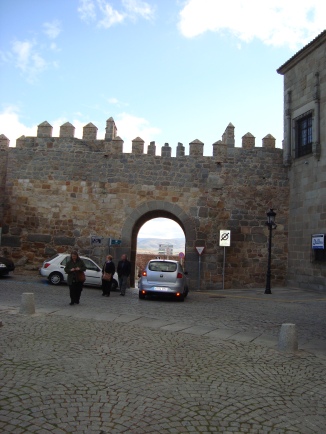
The only remaining part of the Moorish town walls is the 9th century entrance gate and bridge.
Another interesting daytripping destination is Segovia, a picturesque old city with twisting alleyways and the highest concentration of Romanesque churches in all of Europe. This noble Castilian city, enclosed by ramparts which stand atop a triangular rock, is bordered by a medieval wall and two rivers.
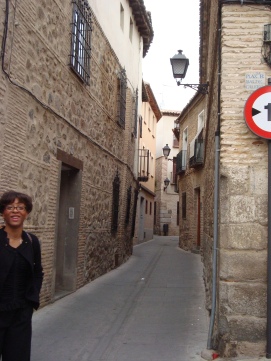
The Roman aqueduct, probably built in AD 50, is remarkably well preserved. It is the foremost symbol of Segovia. This aqueduct has been used almost without interruption from Roman times to now.
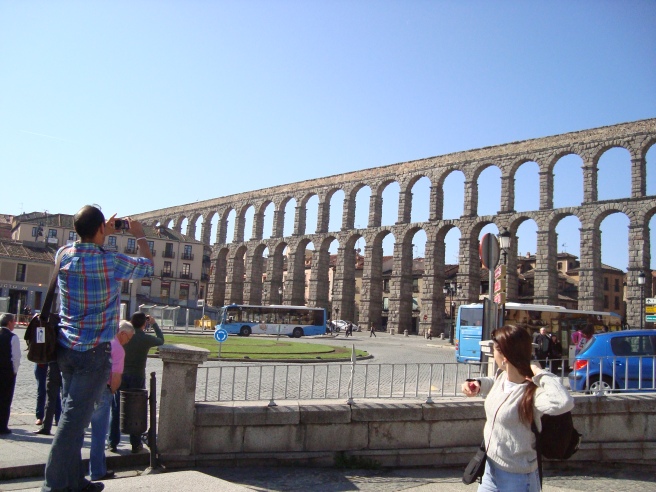
The beautiful Alcazar is said to be Walt Disney’s inspiration for Cinderella’s castle.
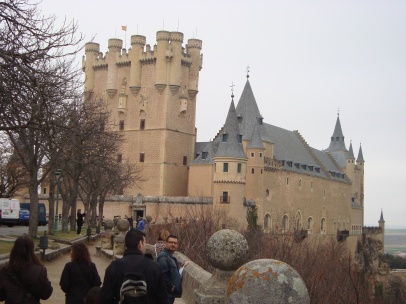
Nearby, Avila is known as the city of stones and the city of saints, the most famous of which is Saint Teresa.
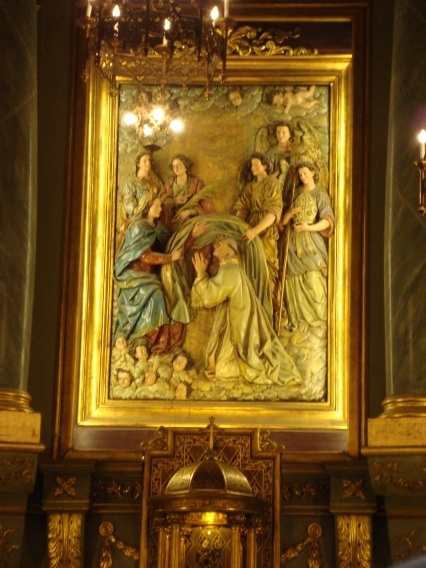
Avila stands within magnificently preserved 12th century walls. It is Spain’s highest provincial capital, situated on the plateau of Meseta.

Aranjuez appears like an oasis in the center of the harsh Castilian plain, particularly if you approach it from the south. The Palacio Real warrants a visit.
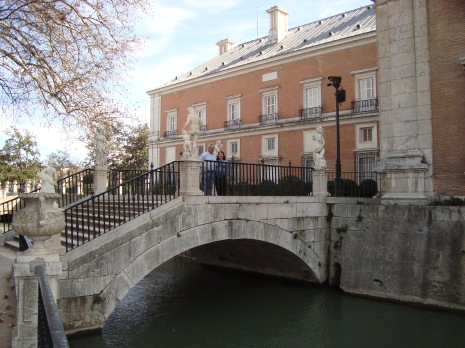

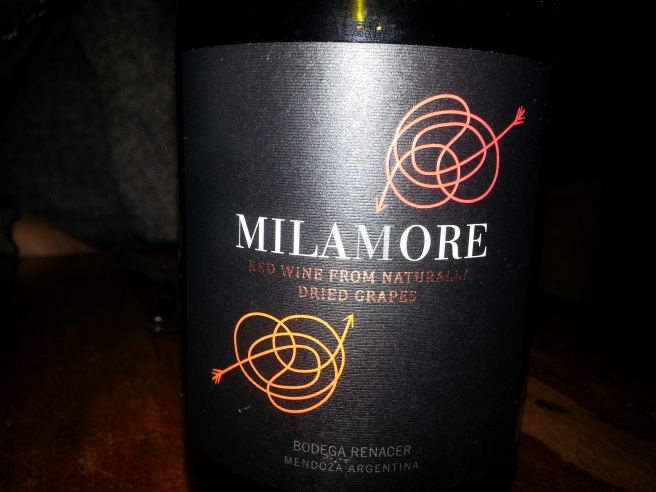
















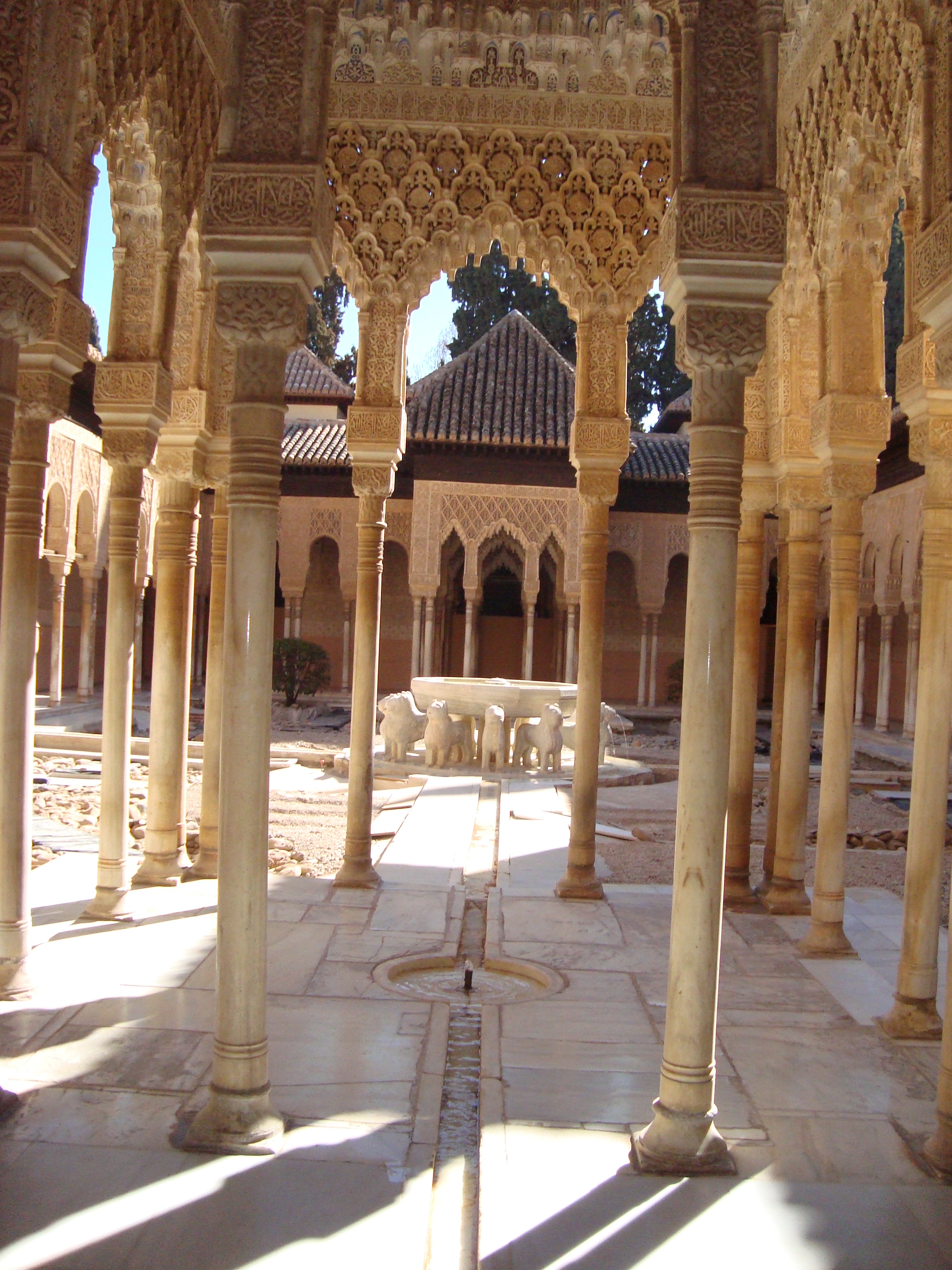

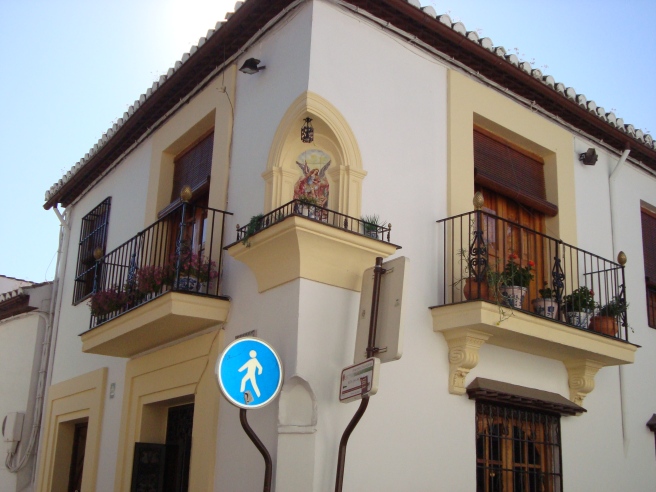 In the 1400s, it was the wealthiest and most densely populated area of Granada, boasting 30 mosques. 1980 – 1990 saw the largest increase in converts to Islam since the 1492 Catholic Reconquest, and a new mosque was opened in 2004.
In the 1400s, it was the wealthiest and most densely populated area of Granada, boasting 30 mosques. 1980 – 1990 saw the largest increase in converts to Islam since the 1492 Catholic Reconquest, and a new mosque was opened in 2004.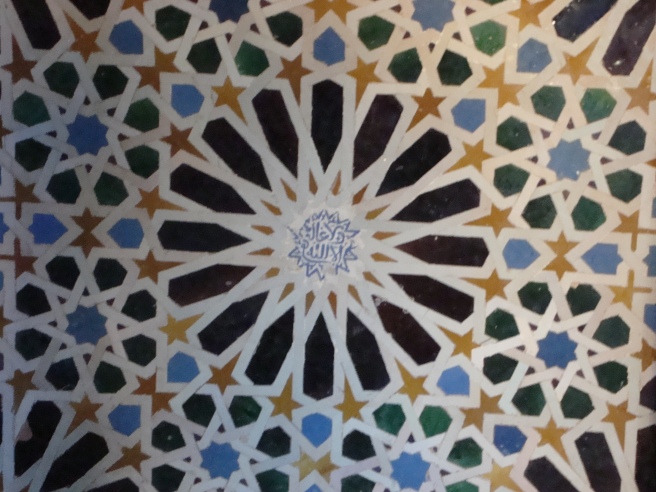 This area of the city is characterized by carmenes, typical Arab houses with enclosed gardens and containing fruit trees and fountains.
This area of the city is characterized by carmenes, typical Arab houses with enclosed gardens and containing fruit trees and fountains.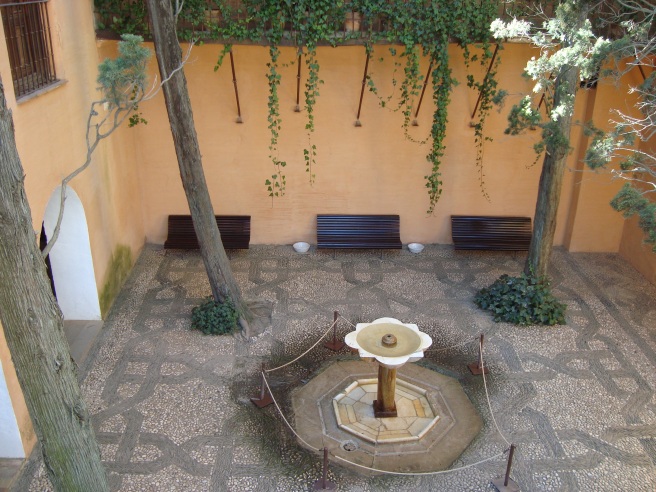
 The Sacromonte Interpretative Center recreates cave life and offers some cultural performances.
The Sacromonte Interpretative Center recreates cave life and offers some cultural performances.

